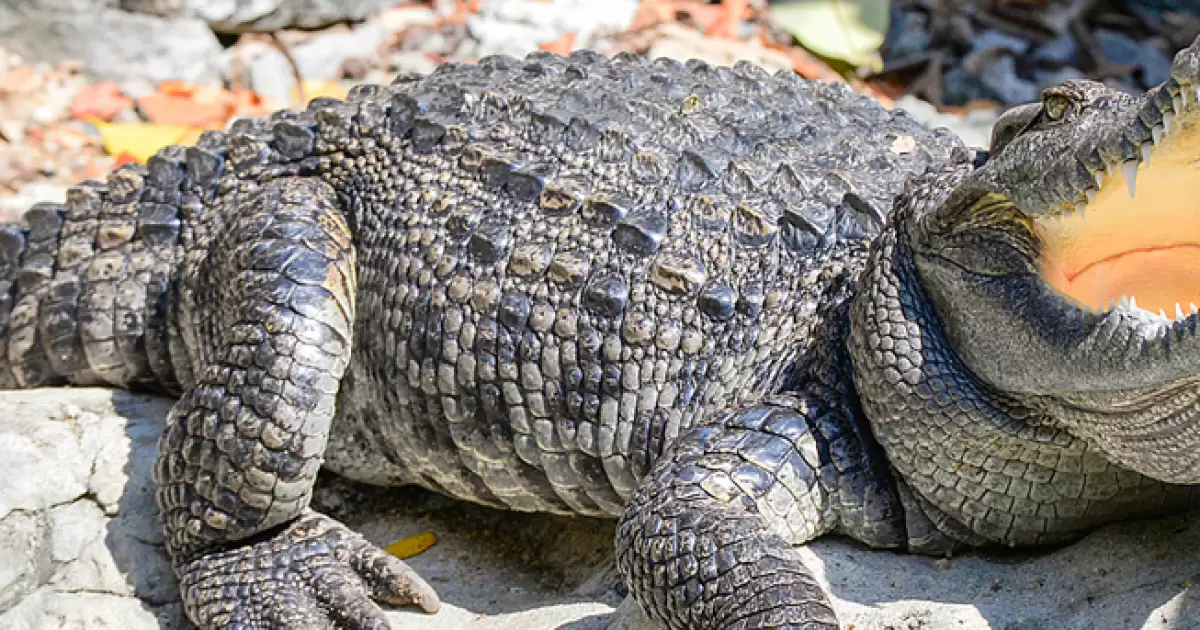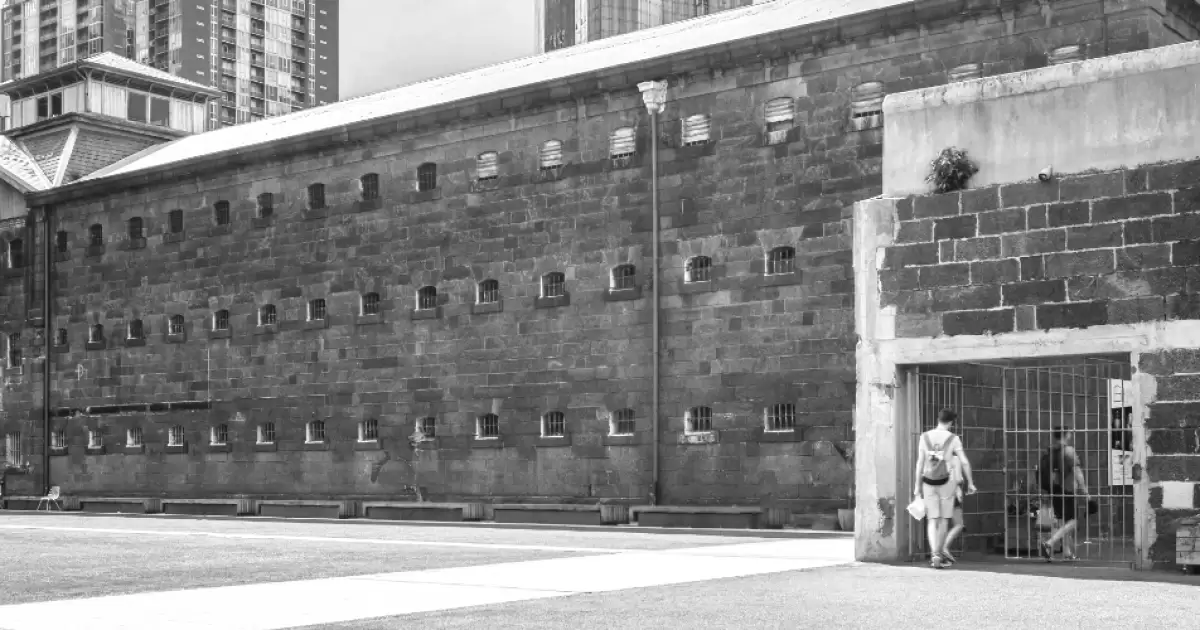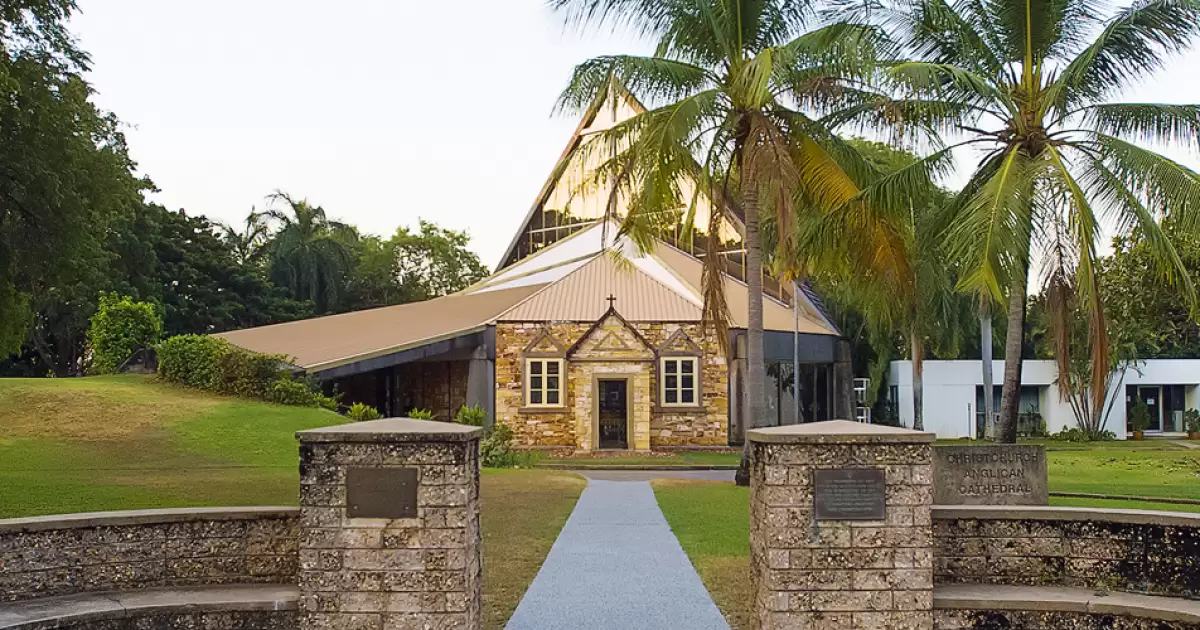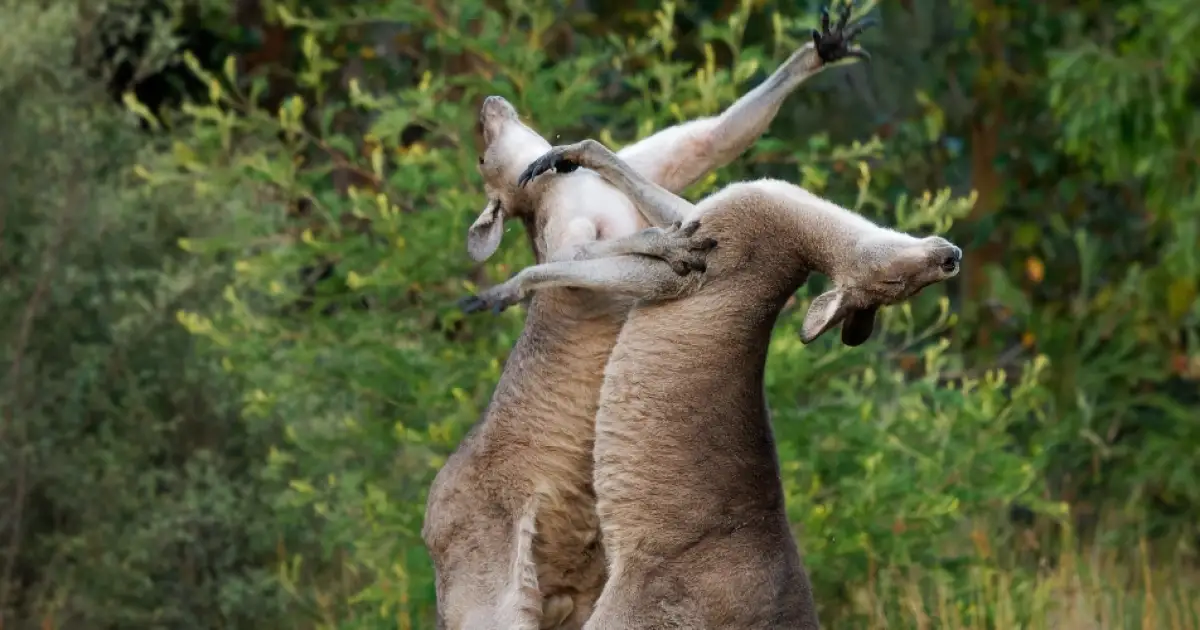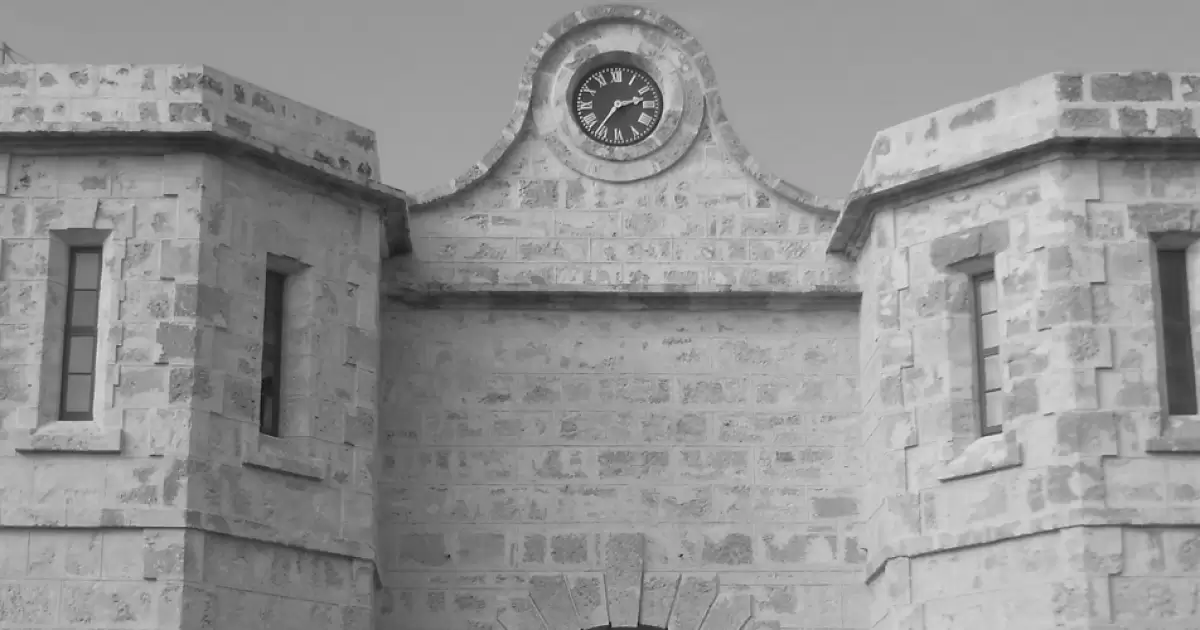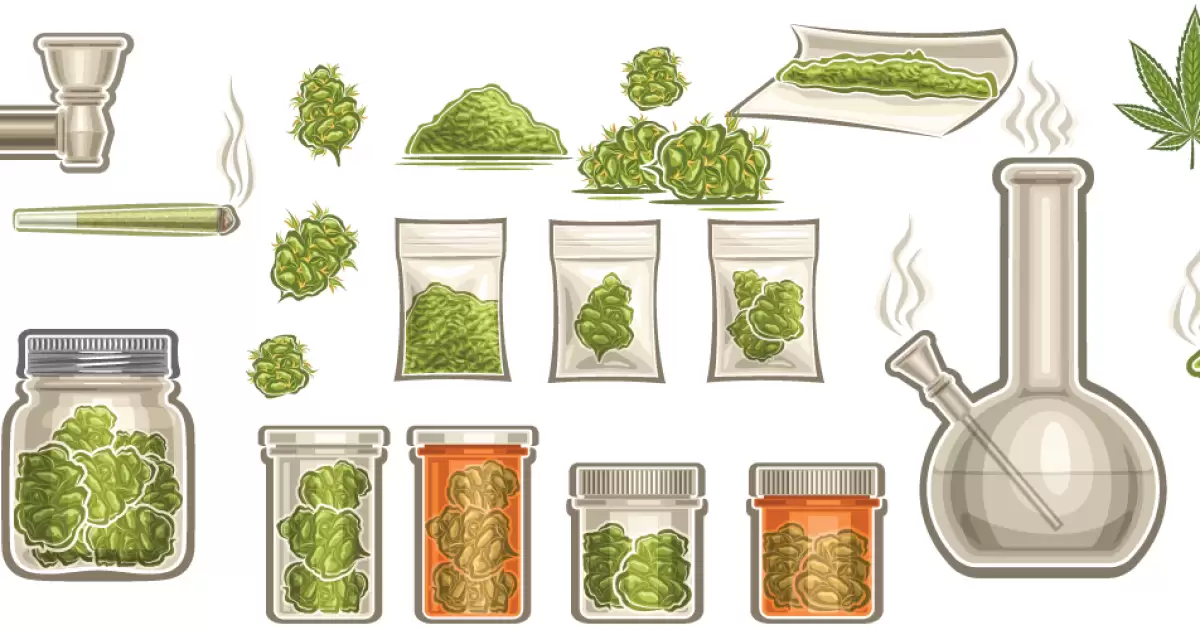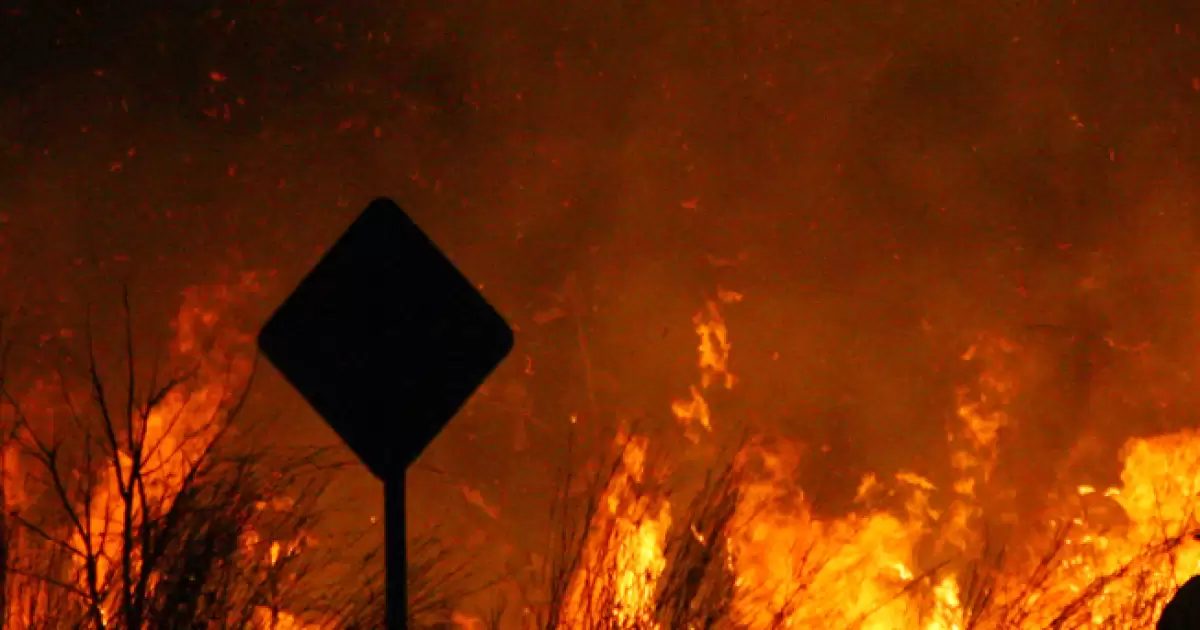- Australia is the largest island on earth, & is also called a continent because it has its own tectonic plate. The continent is fringed by thousands of 8,222 smaller islands.It has an island state (Tasmania), the world's largest sand island (Fraser) and an Antarctic island (Macquarie).
- The Australian continent is very old, and has been populated for 60,000 years by Aboriginal and Torres Strait Islander people. Today 2% of the population are indigenous people
- The first European to visit Australia was Dutch explorer Willem Janszoon, in 1606. More Dutch explorers visited the country over the next hundred years, plotting maps and naming it 'New Holland'.
- Captain James Cook first landed on Australia's east coast in 1770. Within days of The First Fleet's arrival and the raising of the British flag, two French ships arrived, just too late to claim Australia for France.
- European settlement began on 26. January 1788, when the first fleet of convicts arrived at Botany Bay in New South Wales. This day is celebrated as Australia Day in all states and territories
- Mainland Australia is often referred to as the largest island in the world. Distances are huge, from west to east some 3,800 km, from north to south about 3,200 km. The total area is 7,686,850 sq km (2,967,909 sq mi).
- Most of Australia's exotic flora and fauna cannot be found anywhere else in the world.
- The world's highest proportion of migrant settlers in a developed nation with over 25% of Australians born in another country.
- Australia was inhabited by indigenous people for about 50,000 years before the British came
- Many claim that a genocide was committed in Australia against its native people from 1910 to 1970 in an effort to create a "white Australia."
- The world's largest cattle station, Anna Creek Station in Australia, is larger than Israel
- Australia's Highway 1 is the world's longest national highway. With about 14,500 km, (9,000 mi), it circumnavigates the entire country
- Australia claims to own the largest territory in Antarctica: 5.8 million sq km (2.2 million sq mi)
- There were over 10 million koalas before British settlers arrived in Australia. Now, there are around 43,000 in the wild
- Rabbits that were introduced to Australia in 1859 had multiplied in number to over 2 million in ten years
- Lake Hillier in Australia is a bright pink colour and scientists aren't sure why
- Australia has 31% of the world's uranium supply
- The Australian Plate is moving about 7 centimetres (2.8 inches) northwards every year
- In Coober Pedy, Australia, over half of the population lives in caves carved underground to stay away from the heat
- There are around 600 gazetted places named after the Emu in Australia, including mountains, lakes, creeks and towns

